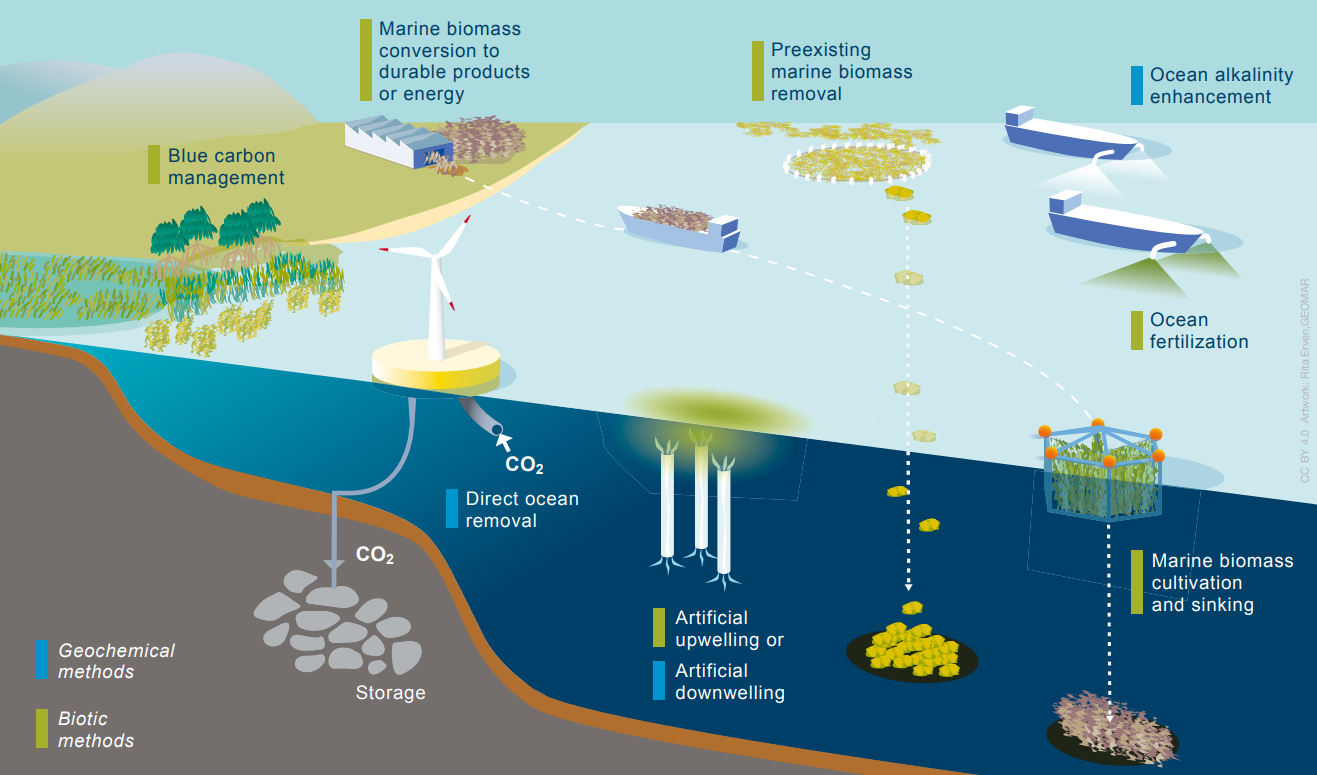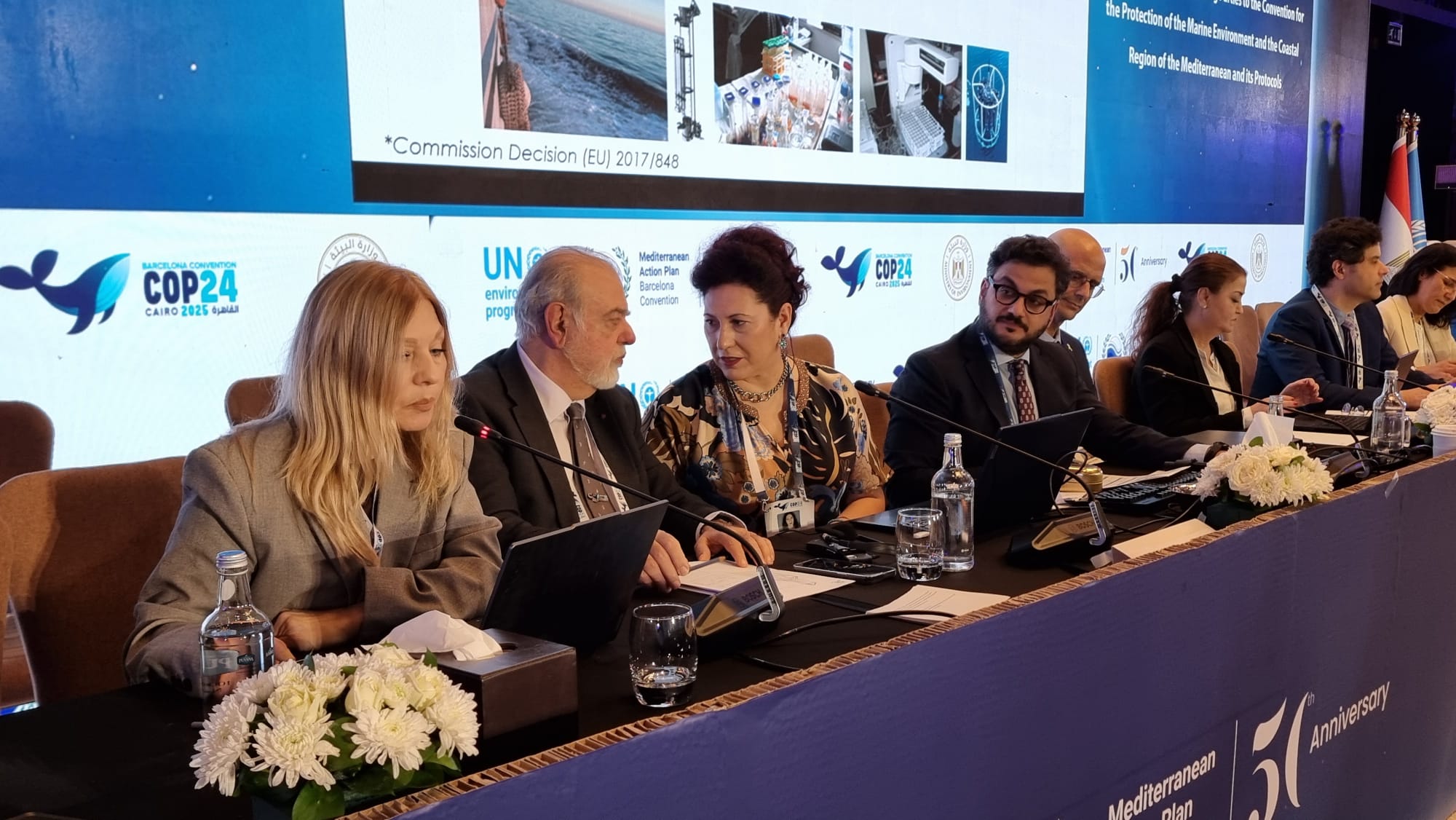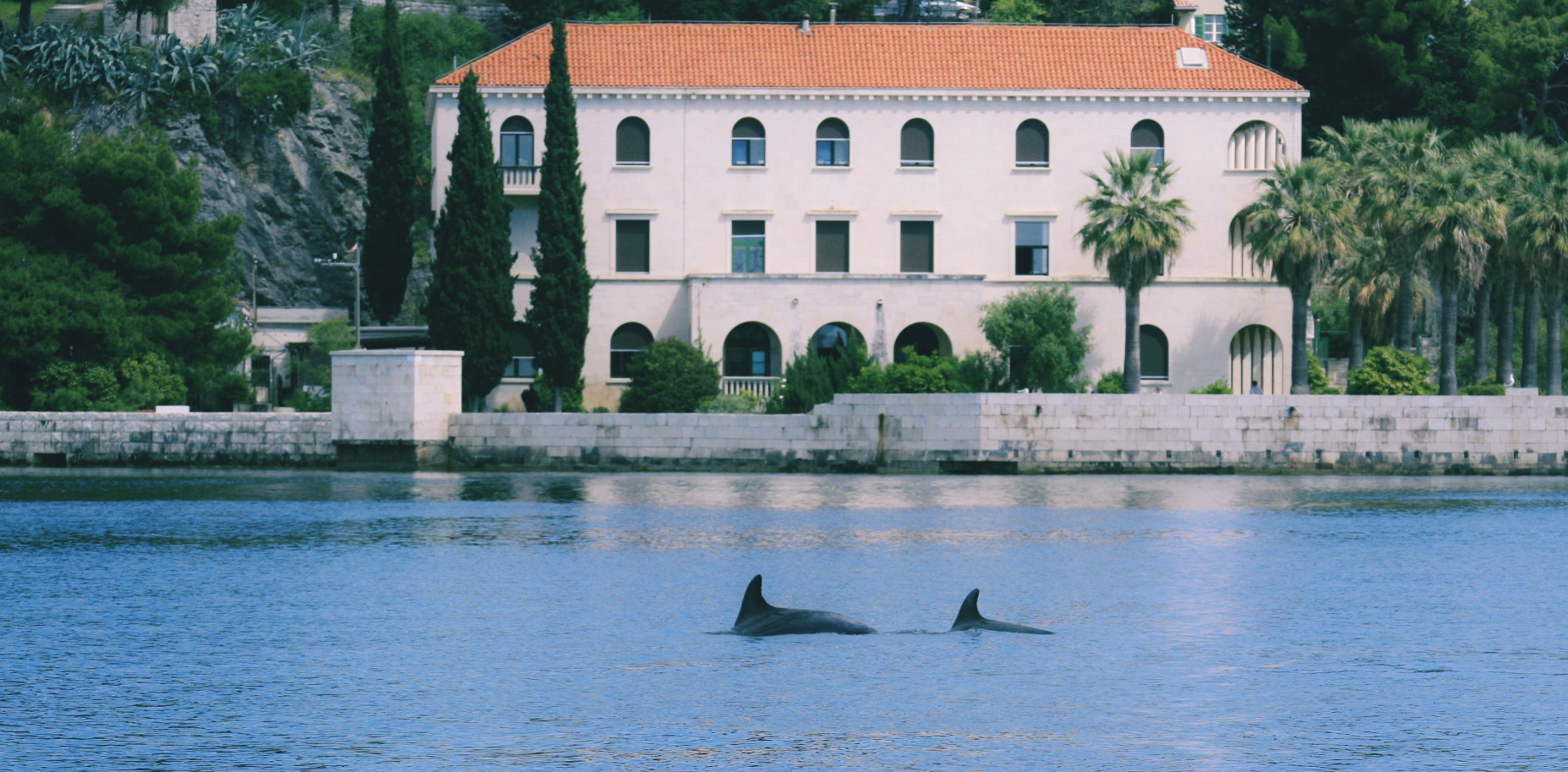Leading European marine scientists have published Future Science Brief No. 13, which explains how Monitoring, Reporting and Verification (MRV) frameworks can be developed to assess methods that aim to remove carbon dioxide from the Ocean. This is important because the Ocean is the largest dynamic carbon reservoir on Earth.
The publication was issued by the European Marine Board, a network of major European marine institutes and universities. Among the contributing authors is Dr Živana Ninčević Gladan, Director General of our Institute, which as an EMB Member Organisation contributes to shaping key strategic directions for European ocean science.
Scientists emphasise that rapid and sustained reductions in greenhouse gas emissions remain the highest priority for meeting the temperature goals of the Paris Agreement. Carbon dioxide removal cannot replace emission cuts, but it may complement them by addressing residual emissions and removing legacy carbon from the atmosphere. Current marine CDR (mCDR) approaches are still at early research or pilot scale, and none yet have sufficiently robust or comprehensive MRV systems to support credible large-scale deployment.
The publication outlines the main MRV challenges: how to measure CO₂ and other greenhouse gases, how to establish baselines and additionality, how to determine the durability of carbon storage, how to distinguish mCDR signals from natural Ocean variability, and how to assess possible ecological impacts. It also highlights the need to strengthen the Ocean carbon observing system, improve modelling capabilities, and address existing regulatory and governance gaps so that future mCDR activities can be monitored transparently and verified independently.
At a time when the UN Decade of Ocean Science and major European initiatives are accelerating efforts to restore the Ocean and waters, this publication helps connect scientific evidence with policy processes to support a healthier and more resilient Ocean.



